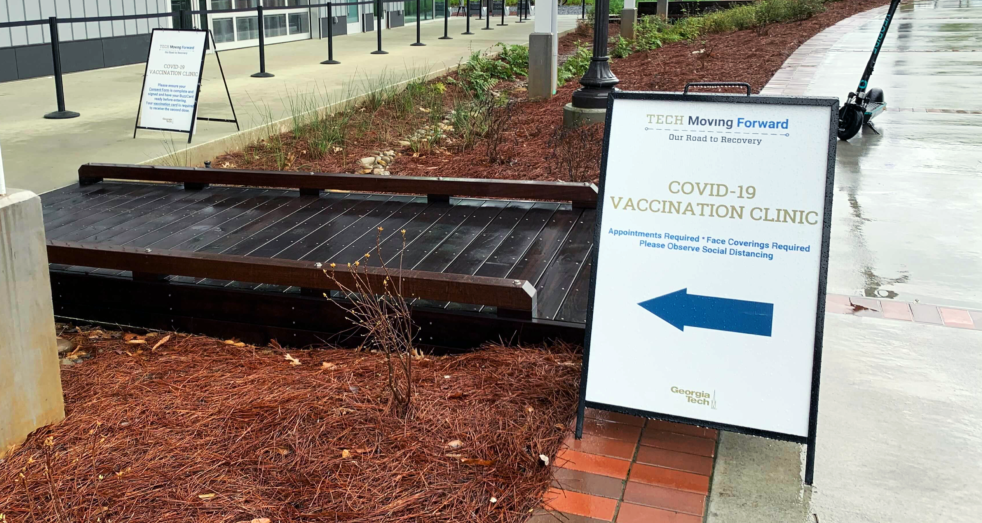A recent article authored by a Tech professor offers an explanation for the trends in COVID-19 cases in the United States and suggests how the public’s awareness and fatigue of the virus influences case numbers.
Joshua Weitz, Patton Distinguished Professor of Biological Sciences at Tech, was the lead author on the Dec. paper offering a new model that better fits the asymmetric rises and falls of COVID case numbers.
Conventional epidemic models usually predict a sharp rise to a peak in cases followed by an equally sharp decrease in cases, but the COVID-19 pandemic does not follow this design, as noted by Weitz.
“We started on this in early spring of last year,” Weitz said, “and there was some indication that cases were beginning to reach what appeared to be a plateau, and then going down.” Weitz said these false peaks led some people to believe that the US had reached some sort of herd immunity and was nearing the end of the pandemic.
Weitz said that what his model shows is that changes in human behavior rather than herd immunity are behind the declines in cases.
“If I’m aware of severity, particularly with respect to hospitalizations and deaths, that people might reactively change their behavior, recognizing that the situation is worsening,” Weitz said.
“Then new case transmission could go down even in the absence of large scale herd immunity and policy changes,” he added.
Weitz’s model factors in this awareness of the virus and the sense of fatigue about the pandemic, which is when people start to relax because of decreases in cases. These two elements cause COVID-19 cases to plateau and oscillate, and the principles of the model still hold true since the paper was first drafted in May last year.
COVID-19 cases in the US seem to aptly fit Weitz’s predictions, with rapid increases followed by a plateau and an eventual asymmetric decrease.
Weitz also pointed out that other factors have controlled COVID-19 cases, such as the winter holidays likely contributing to a large spike in cases late last year.
Vaccine rollout this year will also affect the course of the pandemic, but Weitz is uncertain how the numbers will exactly look.
One effect of uneven global vaccine distribution is the rise of more variants of COVID outside of the US, which introduces many unknowns into the future of the world and the virus.
“People pose this as a kind of tension between vaccines and variants, and I view it through the lens of a battle between vaccines and non-pharmaceutical intervention,” Weitz said.
He stressed that behavior is as much of a factor in curbing the virus now as it was previously.
Weitz also said that no particular group of people could be classified in terms of awareness or fatigue.
He cited how students at Tech have displayed a variety of responses to the virus, such as some students testing every week while others have tested essentially zero times.
“We shouldn’t view any particular age group or demographic group as monolithic, even within our campus community,” Weitz said.
Weitz added that he strongly encourages all members of the campus community to get vaccinated as soon as possible and to continue mask wearing and social distancing measures to reduce transmission.
